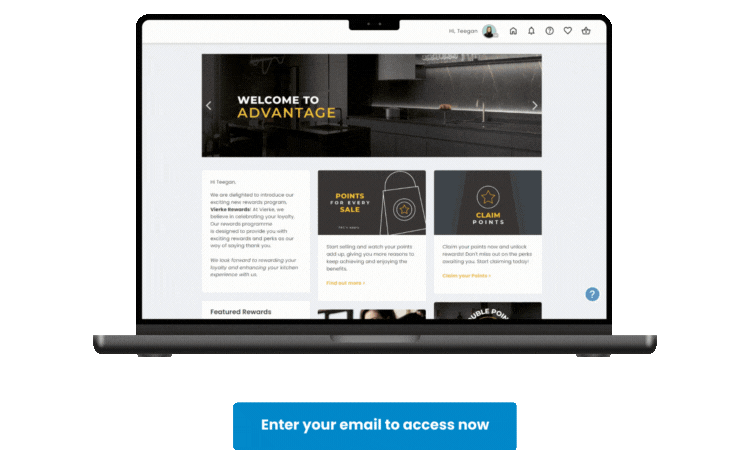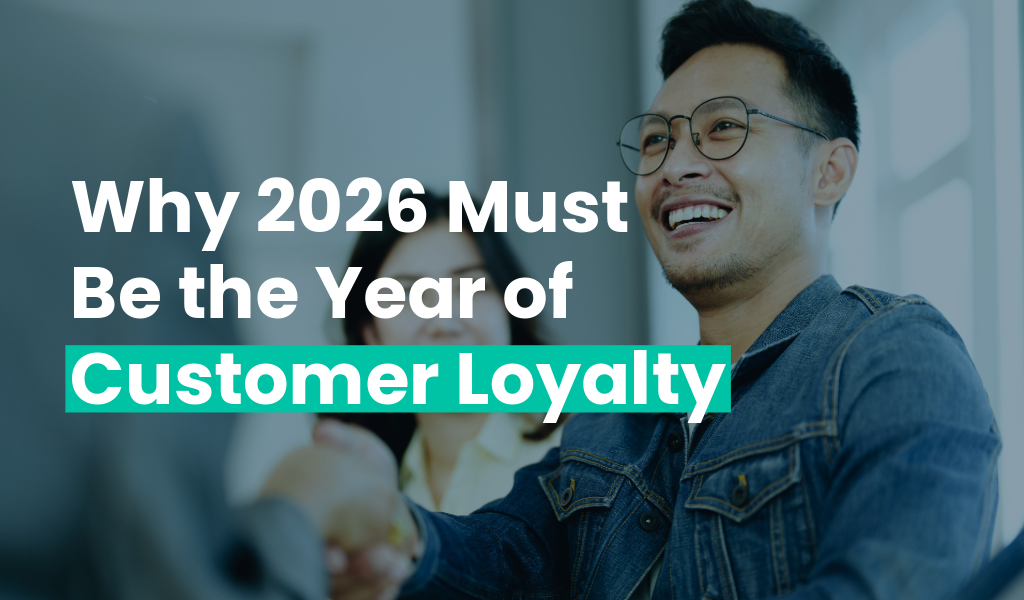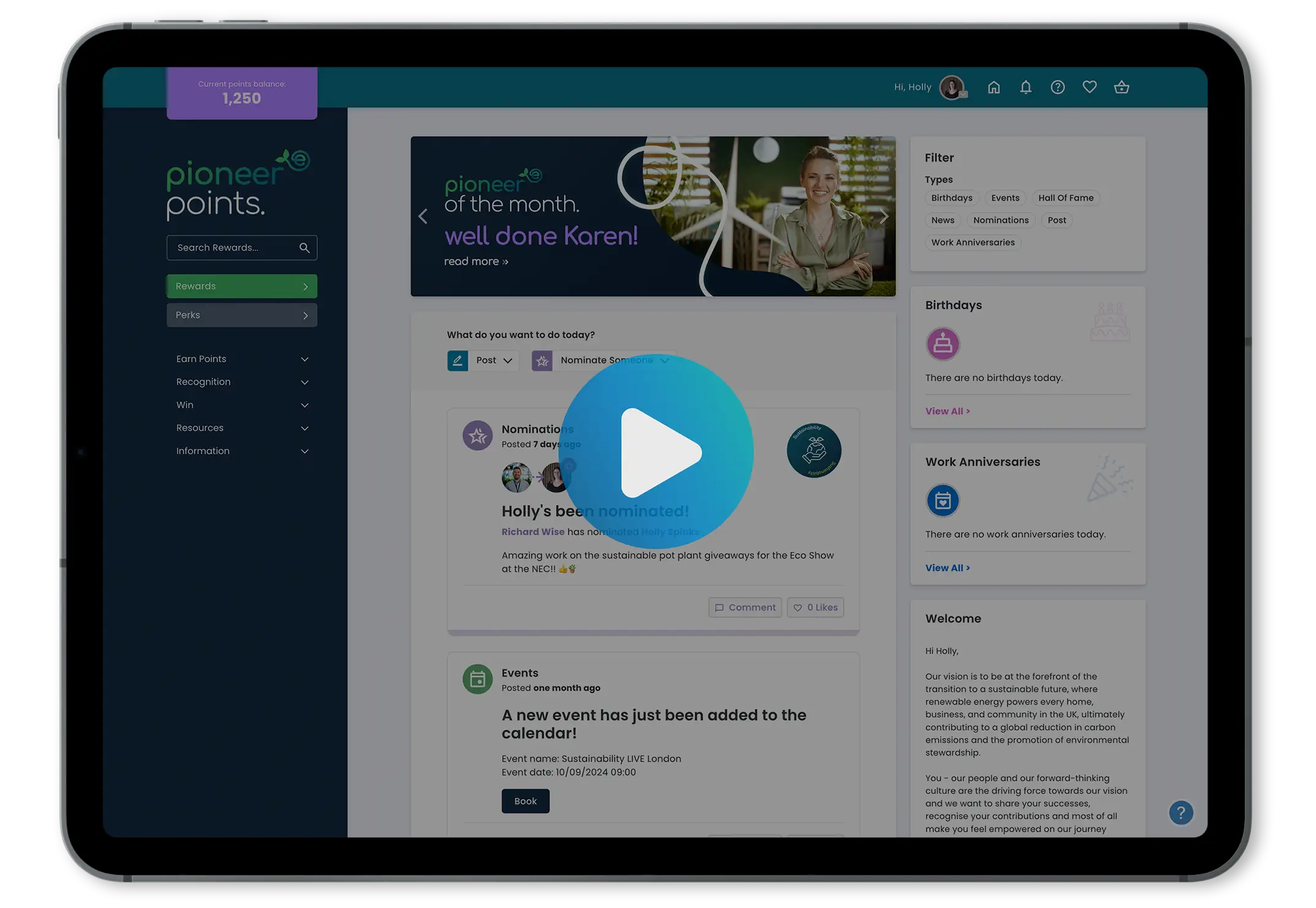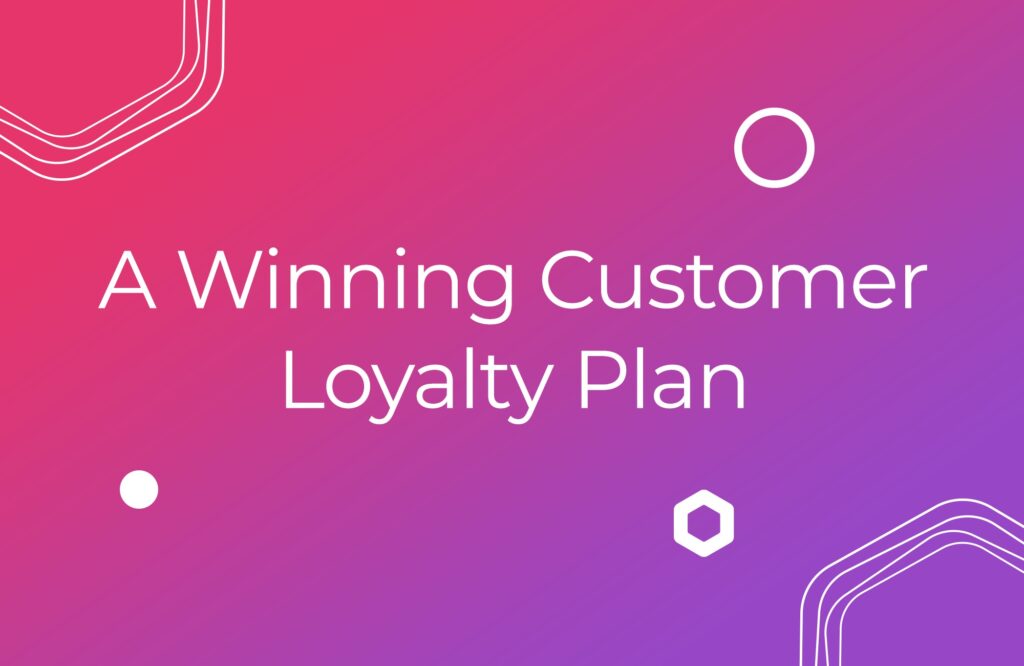


On the lookout for smart ways to reel in new customers and keep current ones coming back for more? That’s where a well-considered customer loyalty plan comes into play.
Loyalty plans are the secret ingredient to building strong, long-lasting relationships with customers, boosting your bottom line, and turning regular buyers into enthusiastic brand supporters.
In fact, studies have shown that increasing customer retention by just 5% can lead to a 70% increase in profits.
Loyalty management has witnessed a resurgence in popularity of late, and for good reason.
With such a crowded retail and online market, businesses from across the globe are fighting in the same pool for the same customers – and one of the key ways to stand out is by offering top-notch loyalty rewards, so they’re encouraged to keep spending their cash.
Ultimately, it’s all about understanding what truly makes your customers tick.
Even the biggest global brands such as Starbucks, Sephora and Lancôme have jumped on the bandwagon, so it’s not a strategy to be overlooked if you want to stay ahead of the competition.

What is a customer loyalty plan?
In simple terms, a customer loyalty plan is a marketing strategy employed by businesses to incentivise and reward their customers for their continued support and repeat purchases.
Loyalty planning typically involves offering various benefits, discounts, rewards, or exclusive experiences to customers who consistently choose a particular brand’s products or services.
Here’s an example:
- Perks and rewards: Whenever you buy a coffee or pastry, you collect points or stamps on a card. Once you reach a certain number, you get something special for free, like a free coffee or a discount on your next visit.
- Exclusive treats: Sometimes, they might offer you exclusive things that other people don’t get. Maybe it’s a sneak peek at a new menu item before anyone else can try it, or a special event just for loyal customers.
- Savings: Loyalty planning sometimes involves giving away tiered discounts. So, you might pay a bit less for your coffee than the advertised price.
Got the idea?
Good. Next, we’ll dive into how you can craft an effective customer loyalty plan for your own business…
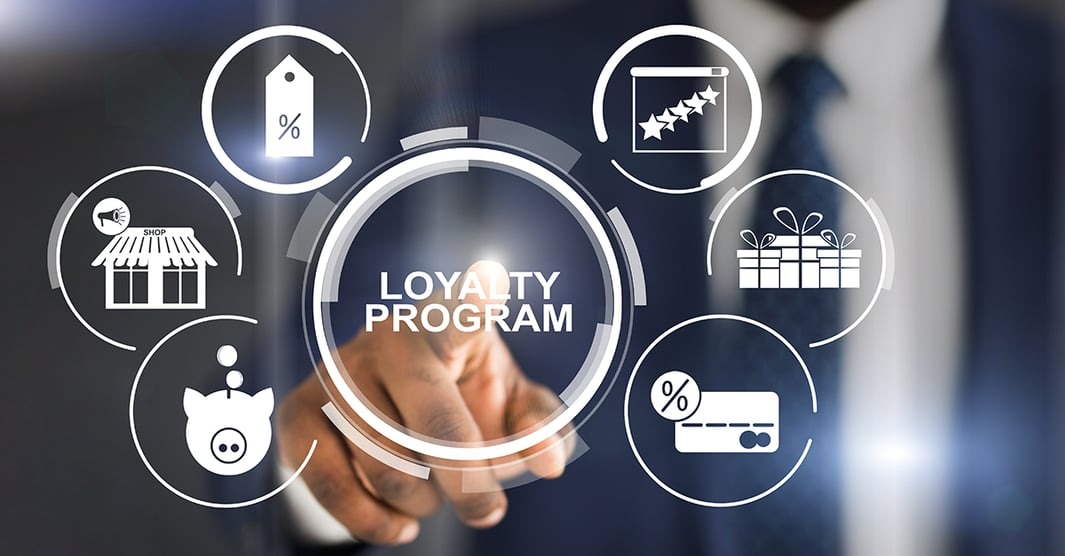
How to create a winning customer loyalty plan
Not sure where to start when it comes to creating and running a successful customer loyalty plan?
Here’s a step-by-step guide to get you off on the right foot:
 Select an appropriate format for your loyalty efforts
Select an appropriate format for your loyalty efforts
When it comes to inspiring and keeping their current customers engaged, businesses have a wide array of programme structures to choose from.
These options span from providing discounts and cashback to offering free products and more.
To make the most suitable decision, you should select a loyalty structure that not only aligns with your main offering(s) but also connects with your customer base.
Here are just some of the different types of loyalty programmes to consider:
- Points-based loyalty: Reward customers with points based on specific actions such as referrals, repeat purchases, or subscribing to services. Once a certain number of points have been earned, they can be redeemed for rewards.
- Tiered loyalty: This approach offers customers varying benefits based on their spending or engagement levels. As customers ascend through different tiers, they unlock progressively more attractive rewards and privileges.
- Paid loyalty: In this model, customers pay a fee to gain access to exclusive benefits and rewards. It’s a premium offering that caters to a specific segment willing to invest in enhanced experiences.
- Gamified loyalty: To keep customers engaged and entertained, gamified programmes incorporate elements like quizzes, challenges, or interactive activities into the loyalty experience. Customers are rewarded for their participation and achievements.
- Referrals: Customers are rewarded for referring friends or family to the business, with discounts, credits, or free gifts.
 Understand your customer base
Understand your customer base
Start your journey toward a ferociously loyal customer base by crafting comprehensive customer personas.
These personas are essentially detailed profiles of your typical customers, complete with names, ages, occupations, and interests.
This way, you get a better understanding of your customer demographics, and easily tailor the programme to cater to their specific preferences and needs.
Next, explore how your customers engage with your brand – Do they prefer online shopping, in-store visits, or a combination of both?
Then, get to the heart of what motivates your customers to choose your brand over others. Is it exceptional quality, competitive pricing, convenience, or perhaps something totally unique?
Identifying these motivations allows you to plan your loyalty efforts to directly appeal to these drivers.
Using the insights gathered, segment your customers into categories (like A, B, C) based on criteria that align with your specific goals and requirements.
Consider factors such as:
- Purchase volume: Evaluate how much your customers buy from you.
- Upselling potential: Assess the likelihood of customers purchasing additional products or services.
- Customer profitability: Determine which customers contribute the most to your profitability.
- Loyalty over time: Consider the long-term loyalty of your customers. Those who consistently choose your brand are often worth investing in to strengthen their loyalty even further.
 Keep it simple
Keep it simple
Keeping your loyalty rewards straightforward and easy to access is crucial for success. If the rules are over-complicated, customers might not get to grips with the system and simply ignore it altogether.
To start, make it easy for customers to sign up and clearly explain how the process works. A smart approach is to give customers points based on what they buy (with double points awarded for that all-important initial sign-up). It’s as simple as this: buy something, get points.
Then, explain clearly how those points can be turned into rewards. If there’s a point expiration policy, make sure customers have a clear understanding of when that might happen.
 Create a mobile app
Create a mobile app
Mobile apps and e-commerce go hand-in-hand. So, if your aim is to expand your online store’s reach, the addition of a mobile app is a strategic move.
In fact, some forward-thinking brands opt to launch their entire product line exclusively through a mobile app, bypassing the traditional e-commerce website – although it’s certainly more common to start with a website (as it’s typically more cost-effective and
accessible to the masses).
Yet, mobile apps offer a multitude of advantages to e-commerce enterprises.
They enhance accessibility for consumers, particularly appealing to the tech-savvy Gen Z demographic, which can significantly expand your customer base. They open up huge communication potential through push notifications. Plus, users can track their points, rewards and offers all in one place, and even receive alerts on exclusive promotions.
 Set clear objectives
Set clear objectives
Early on in the process, you need to clearly outline what you hope to achieve. It sounds obvious, but all too often overlooked in loyalty planning.
These objectives act like a roadmap, helping you stay on course and ensure the programme serves its purpose effectively. Some key objectives may include:
- Increasing customer retention: Many loyalty schemes are geared toward retaining existing customers by reducing churn rates and keeping them engaged with the brand.
- Boosting sales: Some programmes focus on driving sales growth by encouraging repeat purchases, upselling, or cross-selling.
- Gathering customer data: For businesses looking to enhance their understanding of their customer base, objectives may revolve around gathering valuable data for improved marketing and personalisation.
- Enhancing brand advocacy: Loyalty rewards can also aim to turn transactional customers into enthusiastic brand advocates who promote the business to their friends and family.
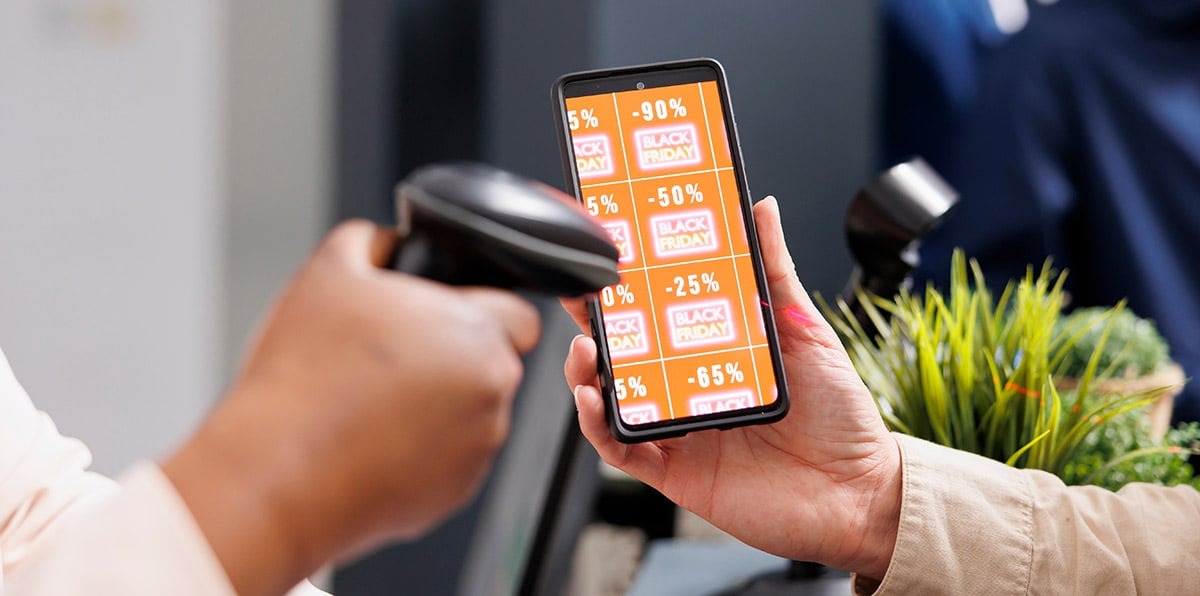
 Market your loyalty efforts effectively
Market your loyalty efforts effectively
Promoting your loyalty programme effectively is a no-brainer. Let’s face it – no matter how amazing it is, it won’t achieve results unless your customers know about it.
You’ve put time and effort into creating a solid loyalty structure with an all-singing platform to boot, right?
Now, you should put the same amount of effort into spreading the word.
Here are some practical digital marketing ideas to help you out:
- Email and SMS announcements: Send a clear and friendly email to your existing customers explaining all the ins and outs of your shiny new loyalty programme. Tell them how it works, how they can join, and what’s in it for them. You could even sweeten the deal by offering them some initial perks to kick things off – such as an exclusive discount.
- Website banners and pages: When people visit your website, make sure they can’t miss your loyalty teasers. Use eye-catching banners on your homepage that lead them to a dedicated loyalty page. On that page, provide a concise summary of the rewards and how they can redeem them.
- Shop window advertising: For local, small businesses, advertising your programme in the shop window is a great way to attract passers-by. Use bold and attractive signage that clearly communicates the benefits of repeat visits, with vibrant colours and large fonts to make the message easily readable from a distance. You could also use a catchy slogan or tagline, to prevent overwhelming viewers with too much information.
 Track and analyse results
Track and analyse results
One of the last but most critical steps involves establishing a comprehensive system to monitor and assess your customers’ engagement.
Businesses often turn to customer relationship management (CRM) software to efficiently gather and analyse data, but if the loyalty software you choose is worth its salt, it should be capable of providing all the insight you need.
This invaluable data-driven approach empowers you to make well-informed decisions, ultimately leading to programme optimisation and an improved overall customer experience.
So, why is this step particularly pivotal?
- Performance evaluation: Tracking customer participation allows you to gauge how well everything is performing. You can assess whether it’s meeting its intended objectives, such as increasing customer retention or boosting sales.
- Identifying trends: Through the collected data, you can identify trends in customer behaviour. Are certain rewards more popular? Are there specific periods when engagement spikes?
- Customer segmentation: Data analysis enables you to segment your customer base by identifying your most engaged and loyal customers. This can inform tailored marketing efforts and exclusive offers to this specific customer group.
- ROI assessment: Tracking participation and measuring outcomes allows you to assess the return on investment (ROI) of your programme. You can determine whether the benefits derived justify the resources and expenses invested in it.
 Ask for feedback
Ask for feedback
It’s equally critical to proactively seek feedback during the initial stages – typically within the first few weeks or months – to assess what’s working effectively and where potential enhancements could be made.
Be open to both positive and negative feedback.
There are several ways you can do this, as follows:
- Direct email requests: Send short, personalised emails to your participants asking for their thoughts on the programme. Be sure to Include a link to a survey or feedback form.
- In-app prompts: If you have a mobile app, consider using in-app prompts to request feedback. These prompts may appear when users open the app, and clicking on them can lead to a feedback form.
- Point-of-Sale (POS) requests: If you have physical store locations, train your staff to request feedback from customers during checkout. You can also include QR codes on receipts that link to online surveys.
- Social media polls: Utilise your social media platforms to conduct polls or ask open-ended questions in posts ready for a barrage of comments (if you’re brave enough!)
- Website pop-ups: Create a pop-up on your website that appears after a customer has made a purchase or spent some time on the site.
- Text messages: Send SMS messages to participants asking for their thoughts and suggestions. Make sure to provide a link for easy access to a feedback form.
- Customer events: If you host customer events or webinars, allocate time for feedback discussions. Encourage participants to share their thoughts and experiences.

An effective customer loyalty plan will unleash your business’s full potential
Customer loyalty programmes are essential for companies looking to build lasting connections with their valued customers.
With the rapid advancements in technology and the smart use of data analytics, these loyalty schemes now have the potential to create deeper connections with customers by using real-time insights and predictive analytics to offer precisely what customers need and want.
As businesses increasingly recognise the strategic importance of customer retention, investing in a robust loyalty plan remains a top priority for companies seeking sustainable growth and a competitive edge.
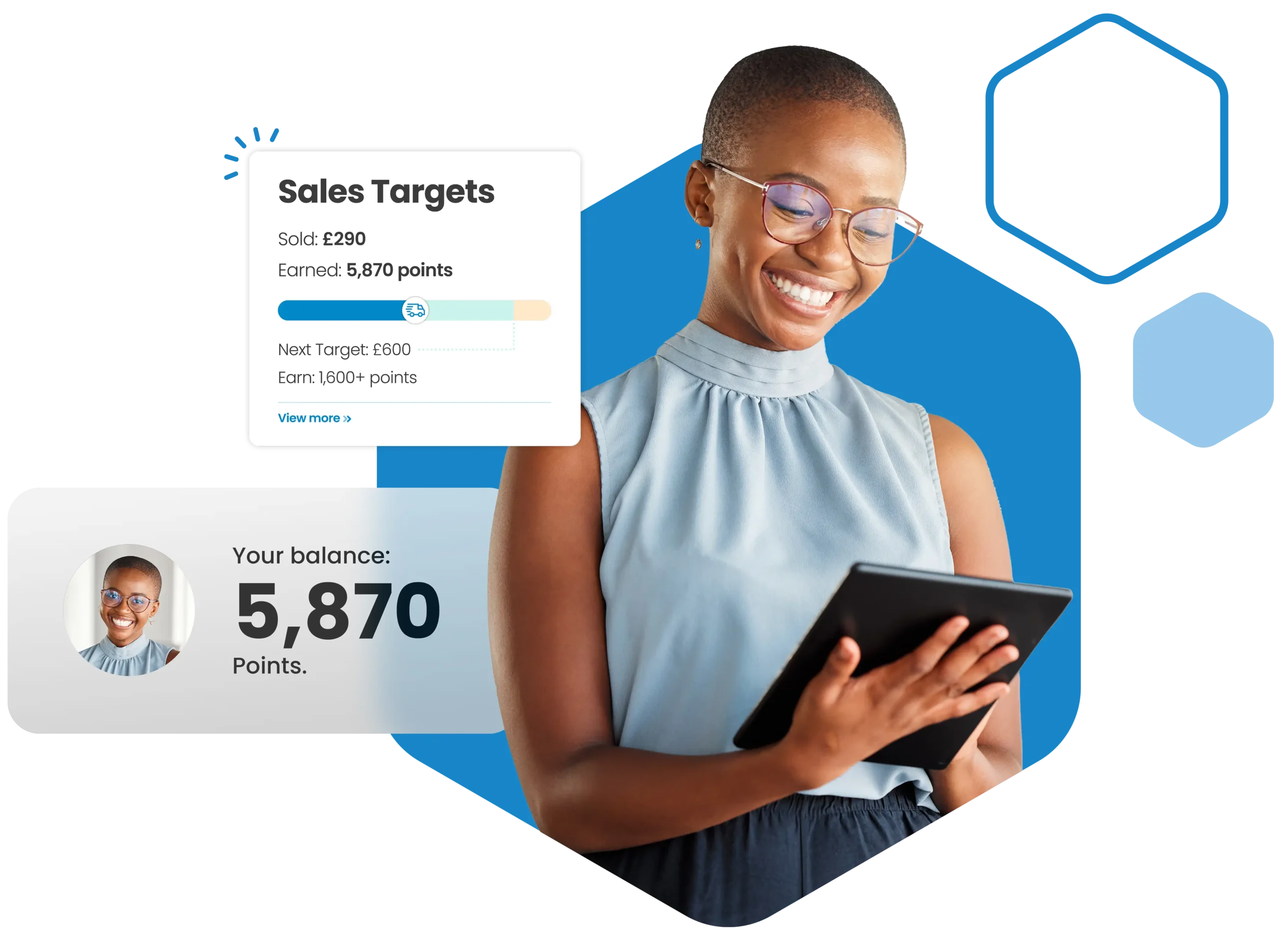

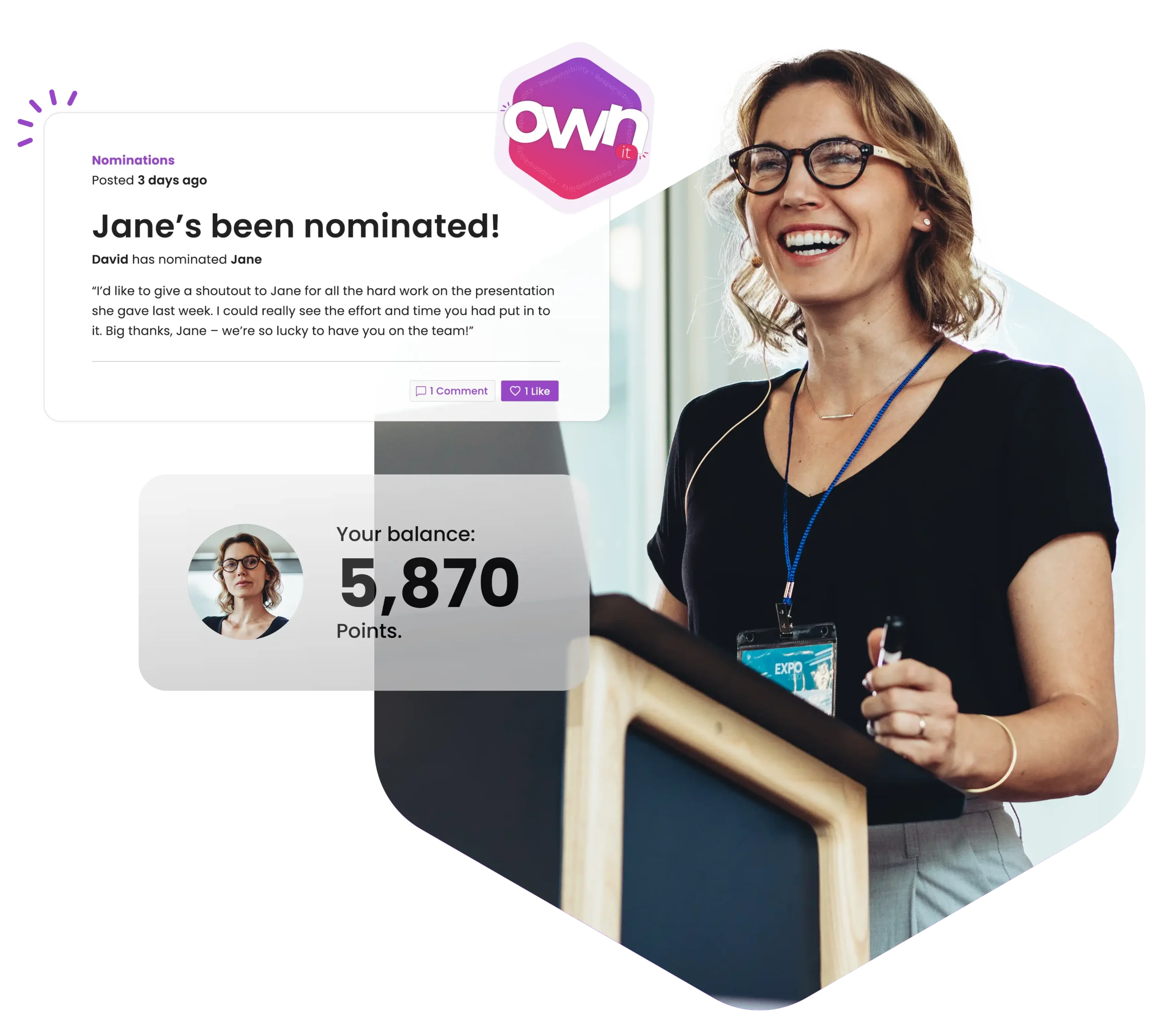
![How to keep customers coming back for more{{ include_custom_fonts({"Poppins":["Semi Bold"]}) }}](https://no-cache.hubspot.com/cta/default/5921162/interactive-188375258646.png)
